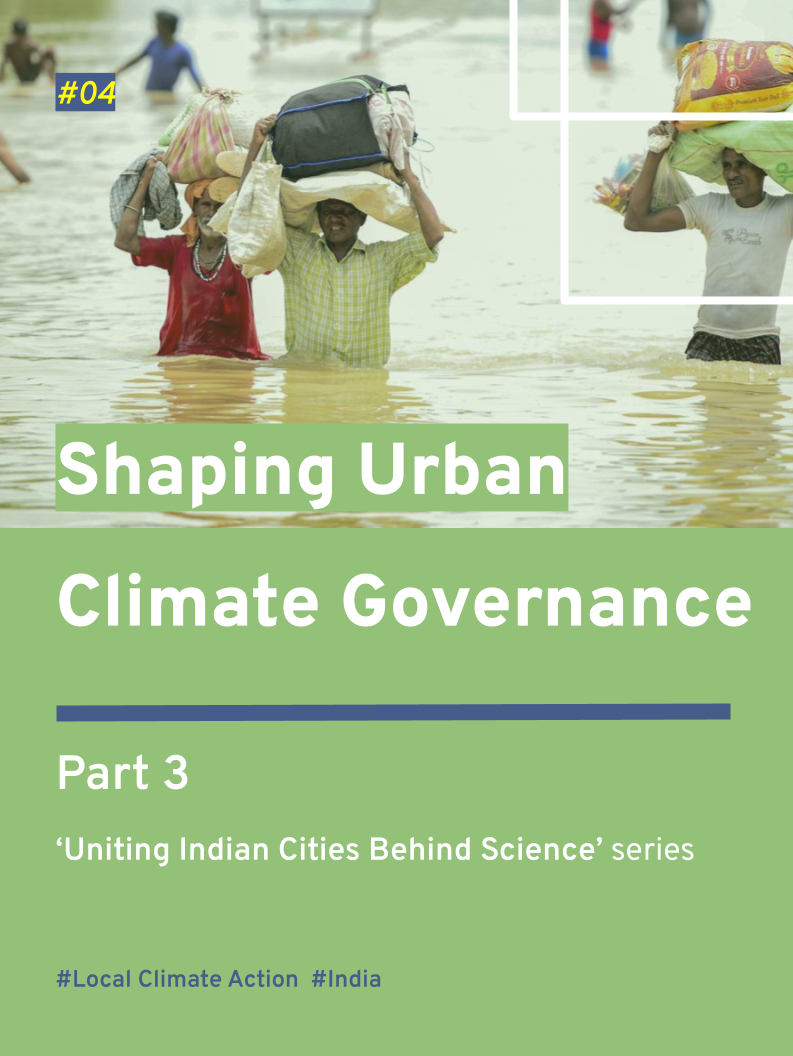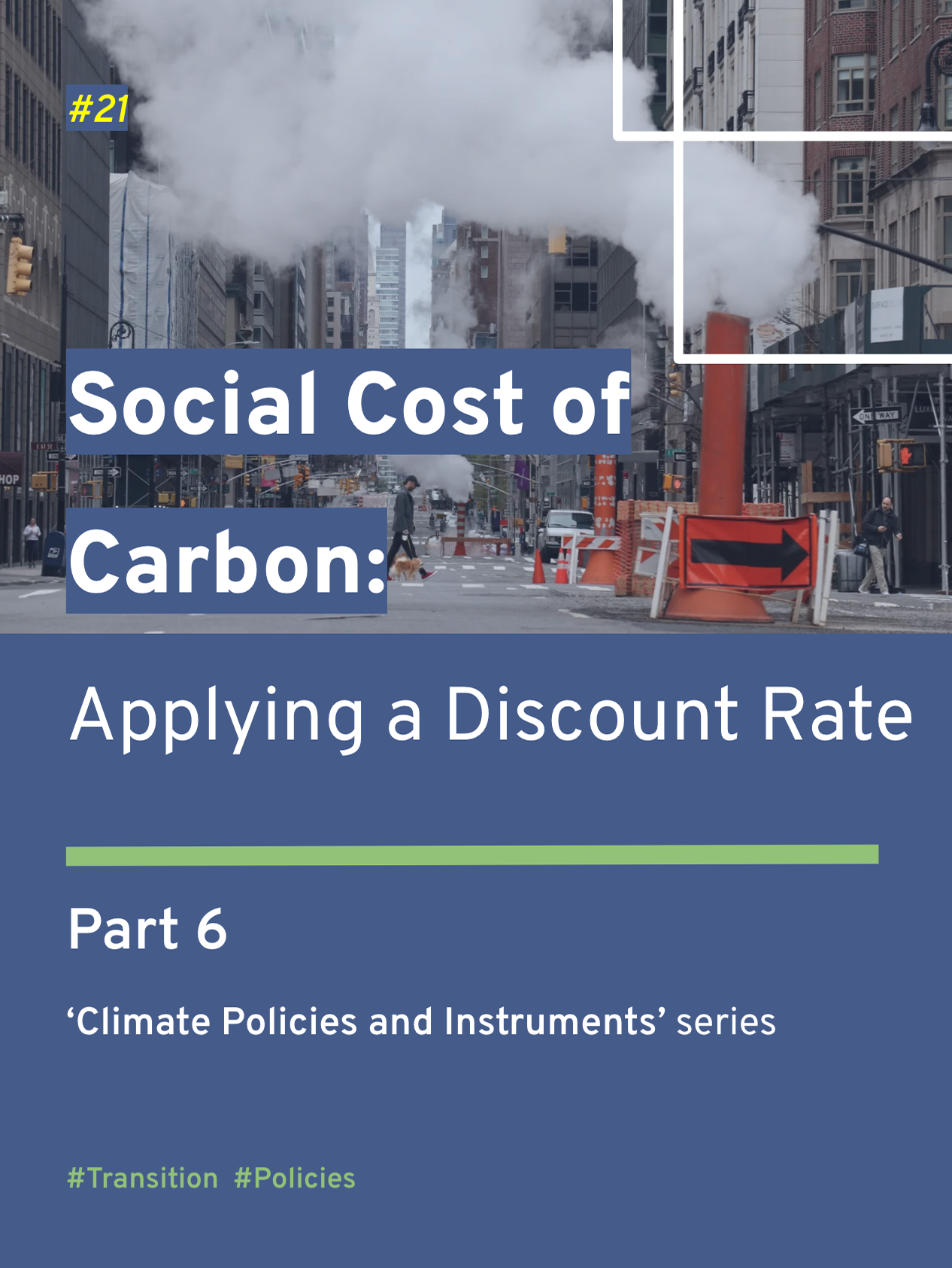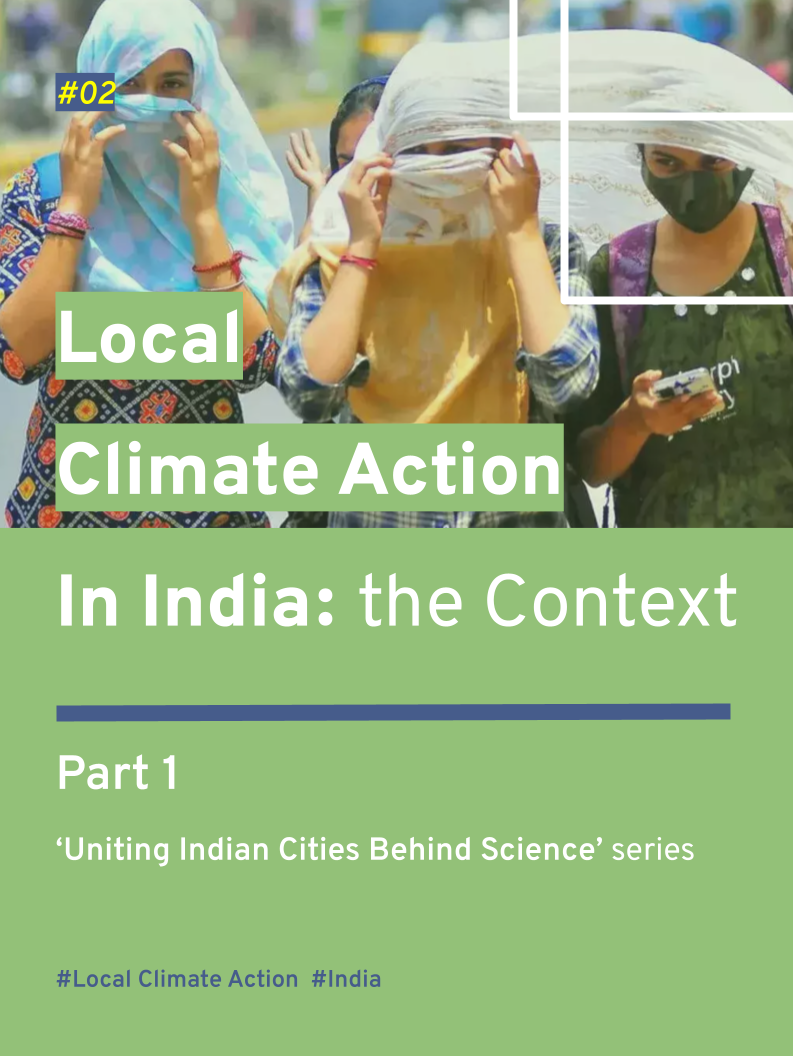Part 5 of ‘Imagining Urban Futures of Tamil Nadu’ series
International Tech Park, Chennai, Tamil Nadu (TN), India (Source: Vidya Addhepalli CapitaLand)
Read Part 4, which frames the spatial and social futures of urban Tamil Nadu (TN) through the lenses of ‘Climate Urbanism’ and ‘Dravidian Model’ for development.
Speaking at the COP-27 in Egypt, Archana Soreng, a climate activist from Odisha and a member of the United Nations Secretary General's Youth Advisory Group on Climate Change, said, "Indigenous people, local communities, young people, women, and girls should be leaders of climate action and not victims of climate policies."
I agree. When we think about the future of policy-making and governance in the context of ‘climate urbanism’ in TN, the vision should align with Archana’s—creating more indigenous climate leaders, not victims. It's an ambitious goal, but how can we start? - Maybe by altering our ‘economic goal’ and prioritising ‘welfare’ over ‘growth?
1. Welfare as an Economic Goal
Joshua Long and Jennifer L. Rice recommend ‘Crisis Capitalism’ or ‘Disaster Capitalism’ as a useful framework to critique climate urbanism, noting crises being widely appropriated as ‘opportunities’ by neo-liberal interests for economic expansion. On the other hand, there is also a growing shift from ‘cooperative federalism’ to ‘competitive federalism’ in the relationship between India's union and state governments, triggering a silent contest within the nation for attracting investment and creating jobs. These trends are the potential root causes for the Government of TN to actively market its $1 trillion (USD) economy goal widely.
As economist and author Kate Raworth suggests, “It may not be hard to give up having GDP growth as an economic goal, but it is going to be far harder to overcome our addiction to it.” As an emerging winner of the GDP game and a subservient, subnational political power, it would be too much to expect TN to stop playing this game or change the game. But stabilising its addiction is a realistic and essential ask.
The 2023-2024 Policy Note of the TN Municipal Administration and Water Supply Department presented its vision as to “Provide a decent quality of life, a clean, green, and sustainable environment, quality basic amenities, vibrant public spaces, induce economic growth, generate employment, and mitigate poverty through responsive city governance leading to a decent quality of life for all by following a comprehensive, inclusive, integrated, transparent, and participatory approach to urban development.” While it's a statement that deserves appreciation for its simple language without jargon, it also reveals its addiction to growth and the urge to place cities as places to be nudged for growth.
Simon Kuznets, the inventor of GDP, remarked in the 1960s that “the welfare of a nation can scarcely be inferred from a measure of national income”, and suggested that “...goals for ‘more’ growth should specify more growth of what and for what.” As a coastal state with almost three-fourths of its population expected to be urban and more than half of them in medium- and high-climate risk zones by 2030, TN’s $1 trillion (USD) economy goal needs an embedded socio-ecological perspective to guide the growth aspiration. The Dravidian Model, having its history of promoting non-agricultural sectors and aggressively promoting ‘modern jobs’ in cities (social foundation), needs a checkpoint to reflect on the pressure this ‘great urban acceleration or induction’ has put on its regional natural resources (planetary boundary or ecological ceiling). Embracing climate urbanism with such self-reflection could enable the state to achieve a dynamic balance and shape urban futures within a safe and just space, the Doughnut—a new economic model proposed by Kate Raworth that brings together the concepts of social foundation and ecological ceiling to frame an urban development framework.
Hopefully, such a goal won’t end up adding new adjectives to growth, like ‘inclusive green growth', 'smart, sustainable, resilient growth’, ‘long-term, lasting growth', or ‘balanced growth’. Even if it does so, let’s hope for an adjective that nurtures ‘leaders’, not ‘victims’.
2. Grass-roots climate leadership as a medium for welfare
While we discuss the depth of the compounding inequalities between the urban elite and the urban poor within metropolises, there are growing inequalities between such metropolises with stronger financial, institutional, and technical resources and the second- and third-tier cities that lack them. Climate urbanism could conveniently catalyse investments to secure vital infrastructure in entrepreneurial metropolises. But disadvantaged secondary cities and suburban areas, which depend on carbon-intensive sectors and state support, could easily be left behind. In this context, Andrew E.G. Jonas and Rüdiger K.W. Wurzel bring attention to the production of uneven geographies due to austerity and the need to nurture alternate trajectories of urban development through new bottom-up climate alliances based on local socio-economic context. We need more indigenous leaders.
How could TN do it? Could we leverage the ongoing youth empowerment programmes? Could the ‘Naan Mudhalvan’ and ‘Pudumai Penn’ schemes expand from their role of upskilling and expanding employment opportunities and inculcate ‘active urban citizenship’ for local climate action? Could the public higher education institutions in every district become hubs for climate innovation? - Wait, there is more to fix within the present formal municipal institutions before we aspire for external traction or mobilising people.
The ethos of the Dravidian Model’s demand for ‘coalition governance’ at the union level and ‘autonomous governance’ at the state level needs to be translated into the relationship between the state and urban local bodies. Such a reform would decentralise power, create new platforms, processes, and partnerships at the grass-roots level, and support a new generation of climate leaders who champion the narratives of structurally disadvantaged cities and communities.
The good news is there is an opportunity to make the first step for the devolution of powers to local bodies—the district-level climate change missions across the state.
Though the mission is still in its inception stage without a dedicated team, the district collectors have been appointed as the ‘mission directors’, and the district forest officers (DFOs) as ‘climate officers’. While an appreciable step, it also raises a critical question from an ‘urban climate action’ perspective: ‘Do DFOs, whose general jurisdiction is limited to recorded forest areas, have the administrative capacity to deliver on the primary goals of climate urbanism: implementing low-carbon infrastructure and carbon management?’
For the Climate Change Mission to not become another programme to strengthen rural and non-urban carbon sinks, duplicating the efforts of the state-led Wetland Mission and the Green TN Mission, the Climate Officers must be capable of aggressively championing ‘transformative adaptation’ (an emerging concept that intends to address the root causes of risk). Further, for this mission to not become another top-down bureaucratic intervention but instead be shaped as an avenue for empowering grassroots-level climate leaders, the cities should adopt ‘citizen science’ (an approach to involve citizens in collecting larger scientific datasets and supporting state policy practices and implementation) as a way of municipal governance.
‘Doughnut’, ‘Transformative Adaptation’, and ‘Citizen Science’ could be the buzzwords for altering TN’s ‘economic goal’ and prioritising ‘welfare’ over ‘growth.
The Dravidian movement, which led a strong grass-roots mobilisation through a unified socio-cultural identity (Dravidian-Tamil), has the accountability to consolidate this mobilisation further through a unified socio-ecological goal. This blog only theorises and suggests pathways to strategize such a consolidation process. The outcomes are dependent on how well the formal economic goals and governance models could promote local climate coalitions or alliances for contesting, deconstructing, and reconstructing climate action.
Rethinking the economic future is to redesign our social-ecological future.
Check out the next blog post to read a summary of this series.
Have questions, thoughts, or feedback? Write to nagendran.bala.m@gmail.com.









